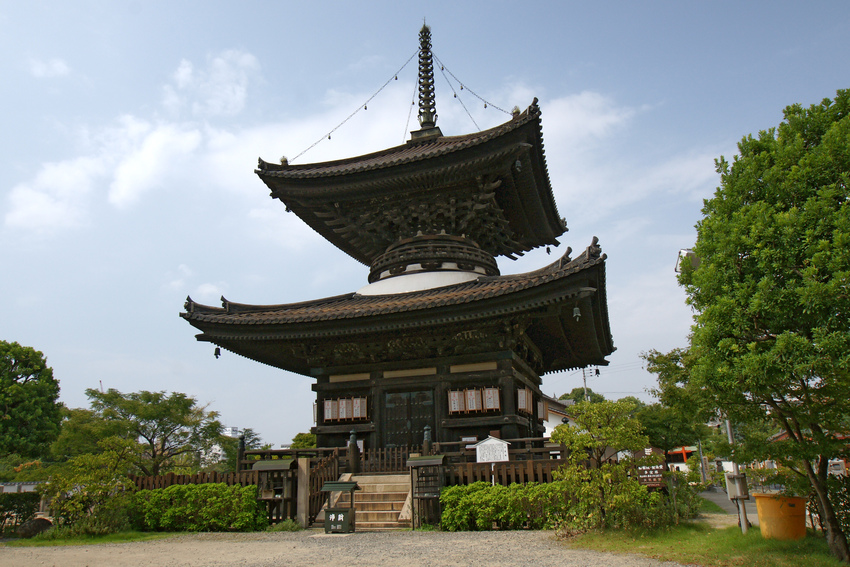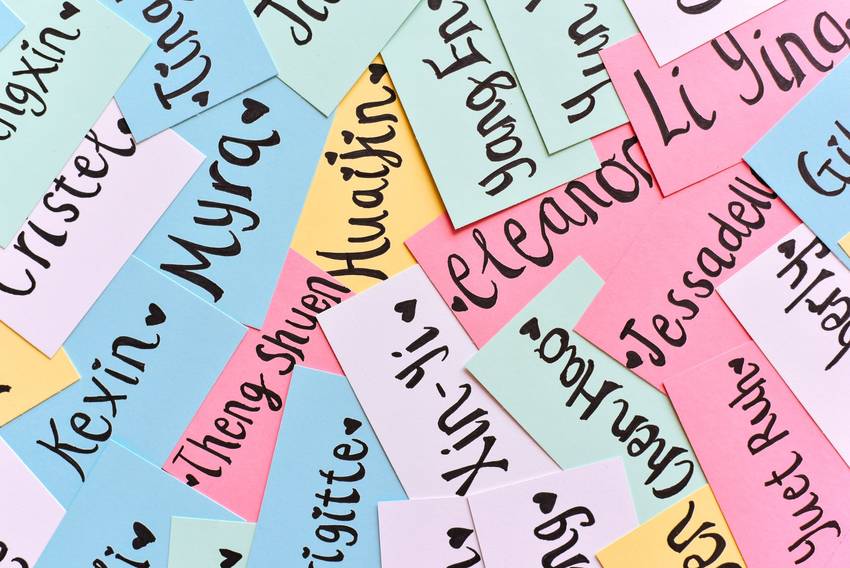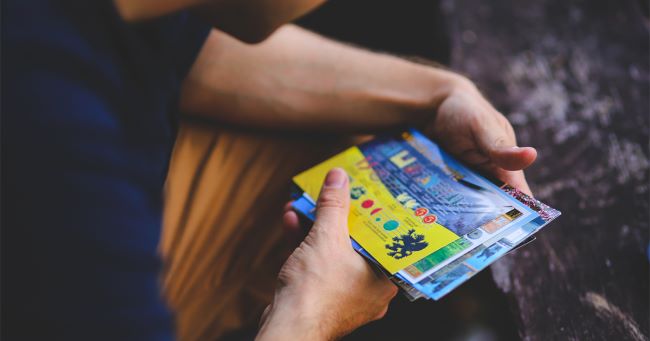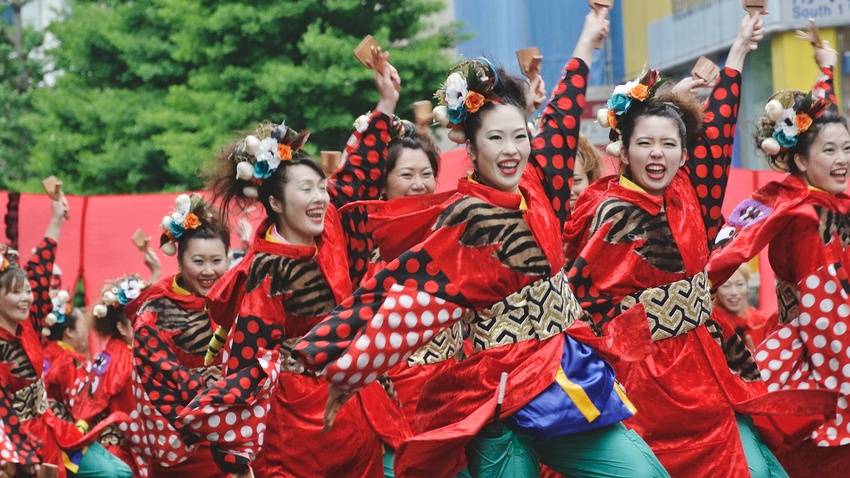Ōsaka nitotte, aizen matsuri wa saisho no ōkina natsu matsuri de aru. aizen matsuri wa, Ōsaka san dai natsu matsuri no hitotsu de, Aizen Dō o chūshin ni okonawareru. matsuri no shonichi ni okonawareru houei kago pare-do wa, mottomo ōku no hito ga atsumaru.
For Osaka the Aizen Festival is the first major summer festival. The Aizen Festival is one of three big Osaka summer festivals and is held around the temple, Aizendo. The Houeikago Parade draws the largest crowd and is held on the first day of the festival.
sign up for the Japanese-Online Newsletter
__..-・**・-..__..-・**・-.._ あいうえお かきくけこ さしすせそ たちつてと なにぬねの はひふへほ まみむめも やいゆえよ らりるれろ わゐうゑを ん __..-・**・-..__..-・**・-.._
#JapaneseOnline #LearningJapanese #FreeJapaneseLessons #JapaneseVideoLearning #JapaneseAnime #Anime #JapaneseFood #Bloguru









